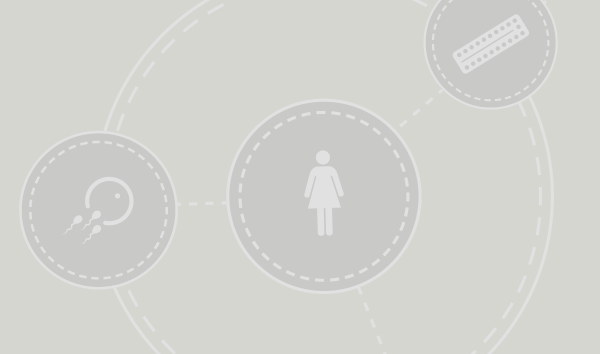Nov 01

Early Pregnancy Loss (Miscarriage) Treatment: Watch and Wait
This patient fact sheet explains the “watch and wait” method for miscarriage treatment, and answers commonly-asked patient questions.
Help Us Protect Access to Sexual and Reproductive Health Care Today!
Nov 01

This patient fact sheet explains the “watch and wait” method for miscarriage treatment, and answers commonly-asked patient questions.
Nov 01

Clinical protocol for medication management of miscarriage using mifepristone and misoprostol.
Oct 31

This patient fact sheet explains the Procedure method (MVA) for treatment of miscarriage, and answers commonly-asked patient questions.
Oct 24

This guidance is intended to assist providers in understanding and navigating the restrictions imposed by federal law on the use of federal funding to provide or facilitate the provision of abortion services.
Oct 17

Written by Maddie Fowler, Spark Dariy, Amy Stone Last month’s Pearl discussed key practices of consent. Here, we share unique considerations for those with physical disabilities, intellectual and developmental disabilities (IDD) or cognitive impairment, non-speaking patients, and deaf patients. Physical Disability People with physical disabilities may require additional assistance during the exam. Without making assumptions,…
Sep 30

This fact sheet explains three early pregnancy loss, or miscarriage, treatment options and the frequently asked questions patients may have.
Sep 30

This is an electronic health record template (from the EPIC system) for manual vacuum aspiration for abortion or miscarriage with IUD insertion.
Sep 26

Written by Holistic Abortions For people looking to end an early pregnancy, herbs may be a viable and effective option. How they might get used and if they will need to be combined with other methods is highly individualized. Just as there is no one way to make a chocolate cake, there is no one…
Sep 19

Written by Maddie Fowler, Spark Dariy, Amy Stone Many disabled people have been systematically disempowered and taught to prioritize compliance over self-advocacy. People with disabilities experience sexual assault at over three times the rate of nondisabled people, rising to seven times the rate in people with intellectual and developmental disabilities (IDD).¹ Therefore, it is critical…
Aug 22

Written by Rachna Vanjani Counseling around abortion has traditionally centered around options counseling and medical facts; patients typically receive information about the steps of the abortion, side effects, risks, and what to expect in terms of bleeding, cramping, and pain. Holistic care around mental, emotional, and spiritual well-being during and after an abortion should also…